Hyundai i20 vs Kia XCeed - Differences and prices compared
Costs and Efficiency:
Price and efficiency are key factors when choosing a car – and this is often where the real differences emerge.
Hyundai i20 has a noticeable advantage in terms of price – it starts at 17400 £, while the Kia XCeed costs 23100 £. That’s a price difference of around 5734 £.
Fuel consumption also shows a difference: Hyundai i20 manages with 5.20 L and is therefore distinct more efficient than the Kia XCeed with 6.40 L. The difference is about 1.20 L per 100 km.
Engine and Performance:
Power, torque and acceleration say a lot about how a car feels on the road. This is where you see which model delivers more driving dynamics.
When it comes to engine power, the Kia XCeed has a clearly edge – offering 180 HP compared to 100 HP. That’s roughly 80 HP more horsepower.
In acceleration from 0 to 100 km/h, the Kia XCeed is evident quicker – completing the sprint in 8.50 s, while the Hyundai i20 takes 11.10 s. That’s about 2.60 s faster.
In terms of top speed, the Kia XCeed performs slightly better – reaching 210 km/h, while the Hyundai i20 tops out at 183 km/h. The difference is around 27 km/h.
There’s also a difference in torque: Kia XCeed pulls clearly perceptible stronger with 265 Nm compared to 200 Nm. That’s about 65 Nm difference.
Space and Everyday Use:
Beyond pure performance, interior space and usability matter most in daily life. This is where you see which car is more practical and versatile.
Seats: offers more seating capacity – vs .
In curb weight, Hyundai i20 is noticeable lighter – 1088 kg compared to 1351 kg. The difference is around 263 kg.
In terms of boot space, the Kia XCeed offers somewhat more room – 426 L compared to 352 L. That’s a difference of about 74 L.
In maximum load capacity, the Kia XCeed performs a bit better – up to 1378 L, which is about 213 L more than the Hyundai i20.
When it comes to payload, Kia XCeed minimal takes the win – 479 kg compared to 472 kg. That’s a difference of about 7 kg.
Who comes out on top?
Overall, the Kia XCeed shows itself to be is largely superior and secures the title of DriveDuel Champion.
It convinces with the more balanced overall package and proves to be the more versatile choice for everyday use.
 @ Kia Corporation
@ Kia Corporation
Kia XCeed
Costs and Consumption
View detailed analysis
Engine and Performance
View detailed analysis
Dimensions and Body
View detailed analysis
Hyundai i20
The Hyundai i20 is a cheeky small car that mixes smart styling with sensible practicality, feeling more polished and roomy than you might expect for the money. It’s an easy car to live with, offering engaging handling, a comfy cabin and useful equipment that make daily commutes and weekend errands notably less dull.
details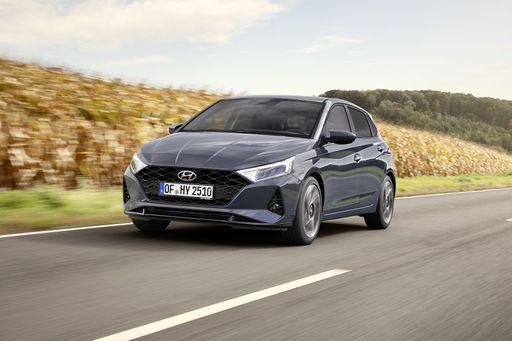 @ Hyundai Motor Company
@ Hyundai Motor Company
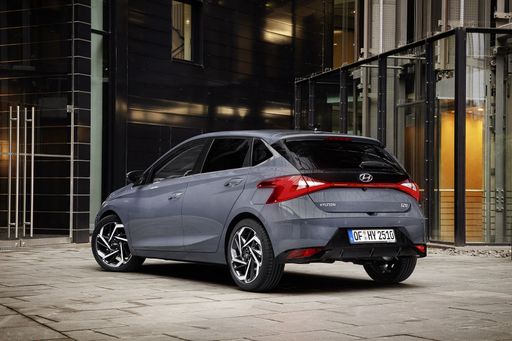 @ Hyundai Motor Company
@ Hyundai Motor Company
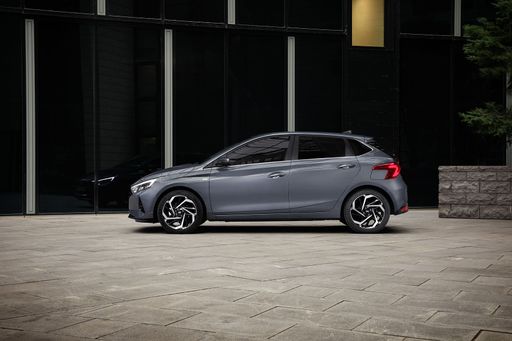 @ Hyundai Motor Company
@ Hyundai Motor Company
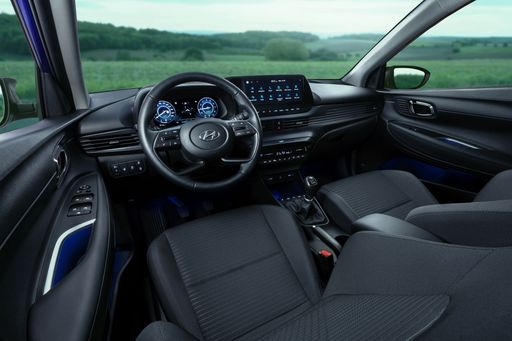 @ Hyundai Motor Company
@ Hyundai Motor Company
 @ Hyundai Motor Company
@ Hyundai Motor Company
Kia XCeed
Kia XCeed blends hatchback agility with a coupe-like stance, wrapping practical space in a handsome, modern package that punches above its class in style. It’s an easygoing everyday companion — comfy, well-equipped and priced to make sensible buyers smile — with just enough spark to keep weekend drives interesting.
details @ Kia Corporation
@ Kia Corporation
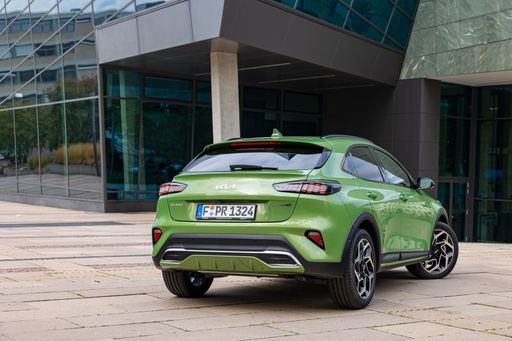 @ Kia Corporation
@ Kia Corporation
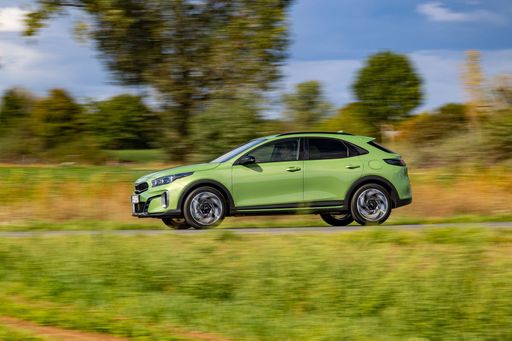 @ Kia Corporation
@ Kia Corporation
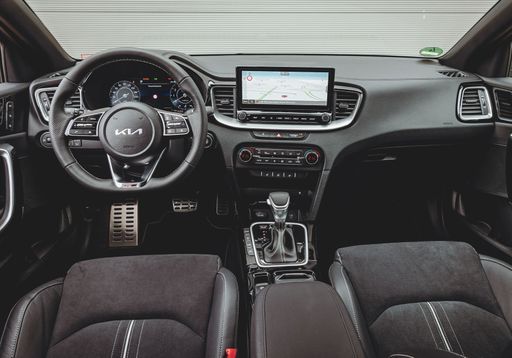 @ Kia Corporation
@ Kia Corporation
 @ Hyundai Motor Company
@ Hyundai Motor Company
|
 @ Kia Corporation
@ Kia Corporation
|
|
|
|
Costs and Consumption |
|
|---|---|
|
Price
17400 - 24000 £
|
Price
23100 - 33000 £
|
|
Consumption L/100km
5.2 - 5.3 L
|
Consumption L/100km
6.4 - 6.8 L
|
|
Consumption kWh/100km
-
|
Consumption kWh/100km
-
|
|
Electric Range
-
|
Electric Range
-
|
|
Battery Capacity
-
|
Battery Capacity
-
|
|
co2
119 - 121 g/km
|
co2
144 - 155 g/km
|
|
Fuel tank capacity
40 L
|
Fuel tank capacity
50 L
|
Dimensions and Body |
|
|---|---|
|
Body Type
Hatchback
|
Body Type
SUV
|
|
Seats
5
|
Seats
5
|
|
Doors
5
|
Doors
5
|
|
Curb weight
1088 - 1190 kg
|
Curb weight
1351 - 1419 kg
|
|
Trunk capacity
352 L
|
Trunk capacity
426 L
|
|
Length
4065 - 4075 mm
|
Length
4395 mm
|
|
Width
1775 mm
|
Width
1826 mm
|
|
Height
1450 - 1455 mm
|
Height
1483 - 1495 mm
|
|
Max trunk capacity
1165 L
|
Max trunk capacity
1378 L
|
|
Payload
450 - 472 kg
|
Payload
471 - 479 kg
|
Engine and Performance |
|
|---|---|
|
Engine Type
Petrol
|
Engine Type
Petrol
|
|
Transmission
Automatic, Manuel
|
Transmission
Manuel, Automatic
|
|
Transmission Detail
Dual-Clutch Automatic, Manual Gearbox
|
Transmission Detail
Manual Gearbox, Dual-Clutch Automatic
|
|
Drive Type
Front-Wheel Drive
|
Drive Type
Front-Wheel Drive
|
|
Power HP
79 - 100 HP
|
Power HP
115 - 180 HP
|
|
Acceleration 0-100km/h
11.1 - 13.7 s
|
Acceleration 0-100km/h
8.5 - 11.7 s
|
|
Max Speed
166 - 183 km/h
|
Max Speed
182 - 210 km/h
|
|
Torque
113 - 200 Nm
|
Torque
200 - 265 Nm
|
|
Number of Cylinders
3 - 4
|
Number of Cylinders
3 - 4
|
|
Power kW
58 - 74 kW
|
Power kW
85 - 132 kW
|
|
Engine capacity
998 - 1197 cm3
|
Engine capacity
998 - 1598 cm3
|
General |
|
|---|---|
|
Model Year
2024
|
Model Year
2025
|
|
CO2 Efficiency Class
D
|
CO2 Efficiency Class
E
|
|
Brand
Hyundai
|
Brand
Kia
|
What drivetrain options does the Hyundai i20 have?
The Hyundai i20 is offered with Front-Wheel Drive.
The prices and data displayed are estimates based on German list prices and may vary by country. This information is not legally binding.
